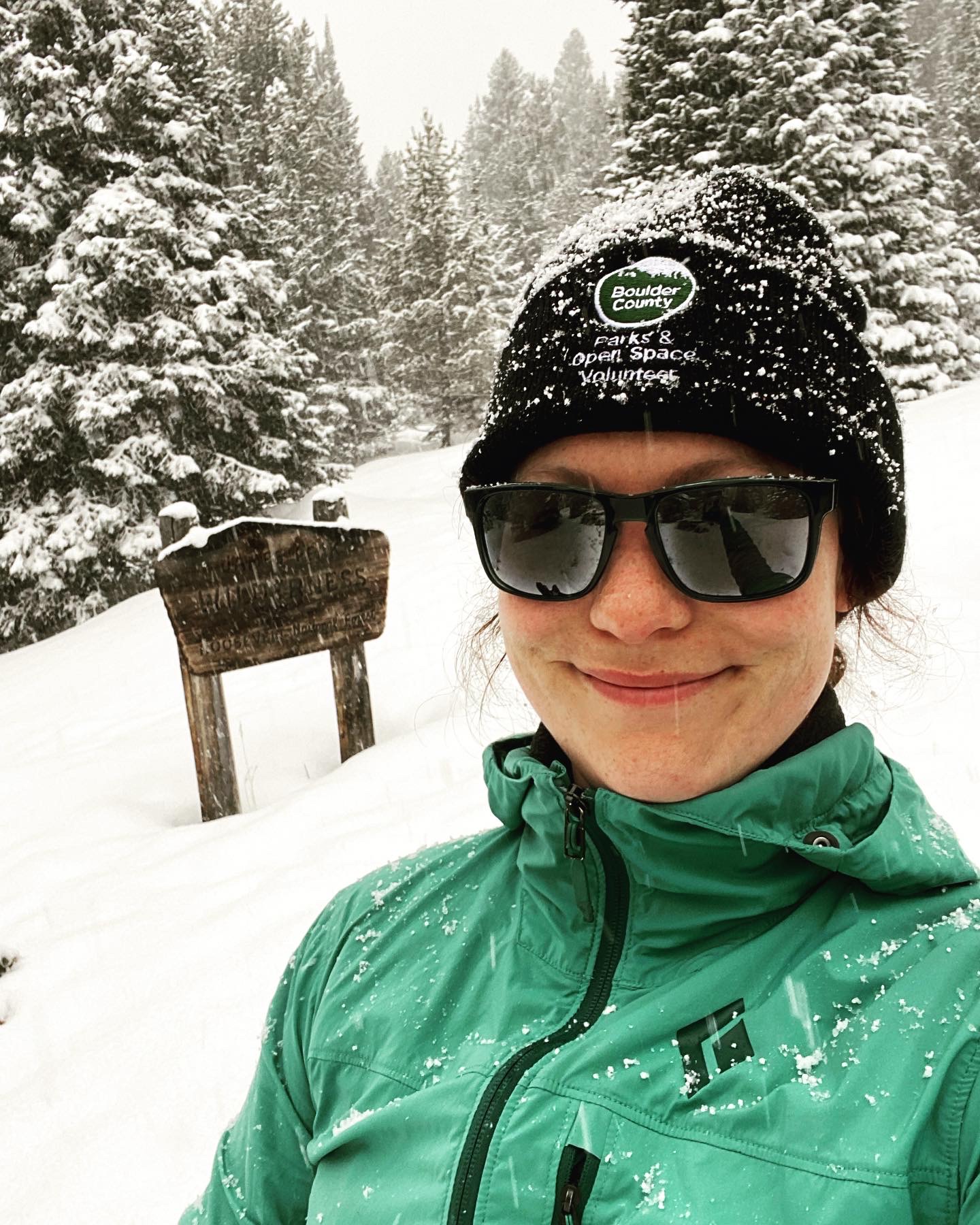Dressing for Cold Weather Activities
- Christie Lynn

- Nov 29, 2022
- 3 min read
It's that time of year again.... winter in Colorado.
Some just can't stand the cold, while others absolutely live for it!
Whether or not you're a fan of winter weather, we can help you to properly prepare for your winter activities, even if it's just getting from the house to the car!
Dressing properly for chilly weather can really make or break your day and can either make you nice warm and toasty, or very cold and uncomfortable.
With that being said, we have one word we want you to remember which is layers.
Layers are key for dressing in Colorado during the winter, and even all year round depending on where you are at and what activity you are participating in.
Wearing layers may seem like overkill, but it allows you to strip down your clothes which is much easier to do in cold weather in the backcountry, rather than adding layers.
Adding layers takes extra time and energy, whereas stripping layers takes only a few moments and then you can get on your way or right back to your activity.
Plus, if you start to get cold again, you can easily put them back on!
So, what do we mean by layers?
There are three layers to remember: Base Layers, Middle Layers, and Outer Layers.
Base Layers- Underwear Layer
Base layers should be a thinner, moisture wicking material (typically synthetic) that keeps you dry from both sweat as well as environmental factors such as snow or water.
Moisture wicking layers are fast to dry which is extremely important in backcountry scenarios, because staying dry, means staying warm. (Or at least warm-er)
Cotton is not recommended to use as a base layer, including under garments and socks.
In the outdoor industry we use the motto, "Cotton Kills" for a reason.
Cotton is non moisture wicking, which means if it gets saturated with sweat or water it takes a very long time to dry. This is not ideal in backcountry situations and can quite literally become a life-or-death situation especially when cold conditions are present.
This puts you at higher risk for cold injuries such as hypothermia and frost nip or frost bite, and we definitely want to avoid those at all costs!
Try to stick with synthetic materials such as:
Nylon, Polyester, Rayon, and Spandex
Or you can use non synthetic materials such as:
Merino Wool
Winter Base layers include:
Socks, Underwear, Bras, Long-John's, Long Sleeved Shirt, Neck Gaiter, Beanie/Skull Cap
Middle Layers- Insulating Layer
Next comes Middle Layers.
The purpose of Middle Layers is to add insulation to the mix. This is a very important layer because it's the one that is going to keep you warm and toasty... and just downright comfortable!
These layers should also be synthetic (as mentioned above) or comprised of merino wool or down feathers for more breathability.
Try to shoot for jackets that have a full front zipper in case you need to strip this layer at some point, or just release some trapped heat.
Examples of Middle Layers include:
Fleece Jackets, Woolen Sweaters, Down-Jackets, Fleece or Down Vests, Fleece Leggings or Pants
Outer Layers- Shell Layer
Outer Layers are very important as well, because it is going to be what keeps us dry. Outer Layers are also referred to as a "Shell Layer".
This layer is going to protect you from the elements such as snow, wind, and rain.
Examples of shell layers include:
Rain Jacket, Snow Jacket, Rain Pants, Snow Pants, Waterproof or Water-Resistant Gloves
By adding this layering system, you will be dressed for success for your next winter activity whether it's here in Colorado, or anywhere where cold weather is prevalent.
If you start to get too warm you can remove your outer layer which will allow some more air flow, but you'll still be able to stay warm with your insulating middle layer.
Unless there are extreme temperature changes, you probably won't need to remove your middle layers and galivant around in your skivvies, but if you feel like you might need to- start by removing your beanie and gloves to allow for more airflow and to help cool you down!
I hope this blog helps you in understanding the importance of layering your clothes in colder temperatures and gives you more insight on what you'll need to purchase.
Please let us know if you have any questions regarding the layering system and if you need more resources on where to find the right gear- we are always happy to help!
Best,
Christie Sondrup
info@blueskywilderness.com



Comments